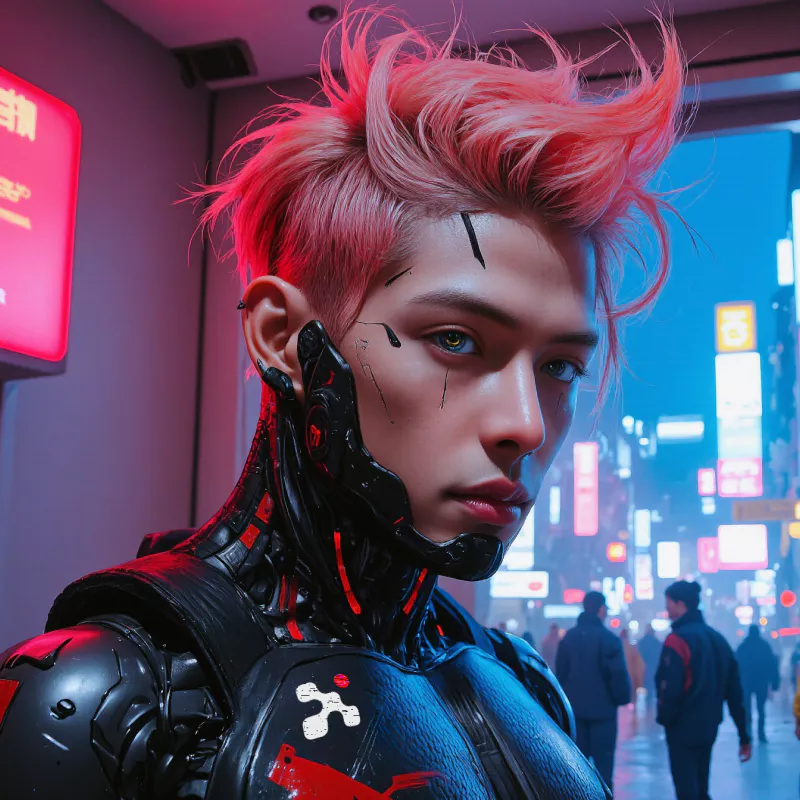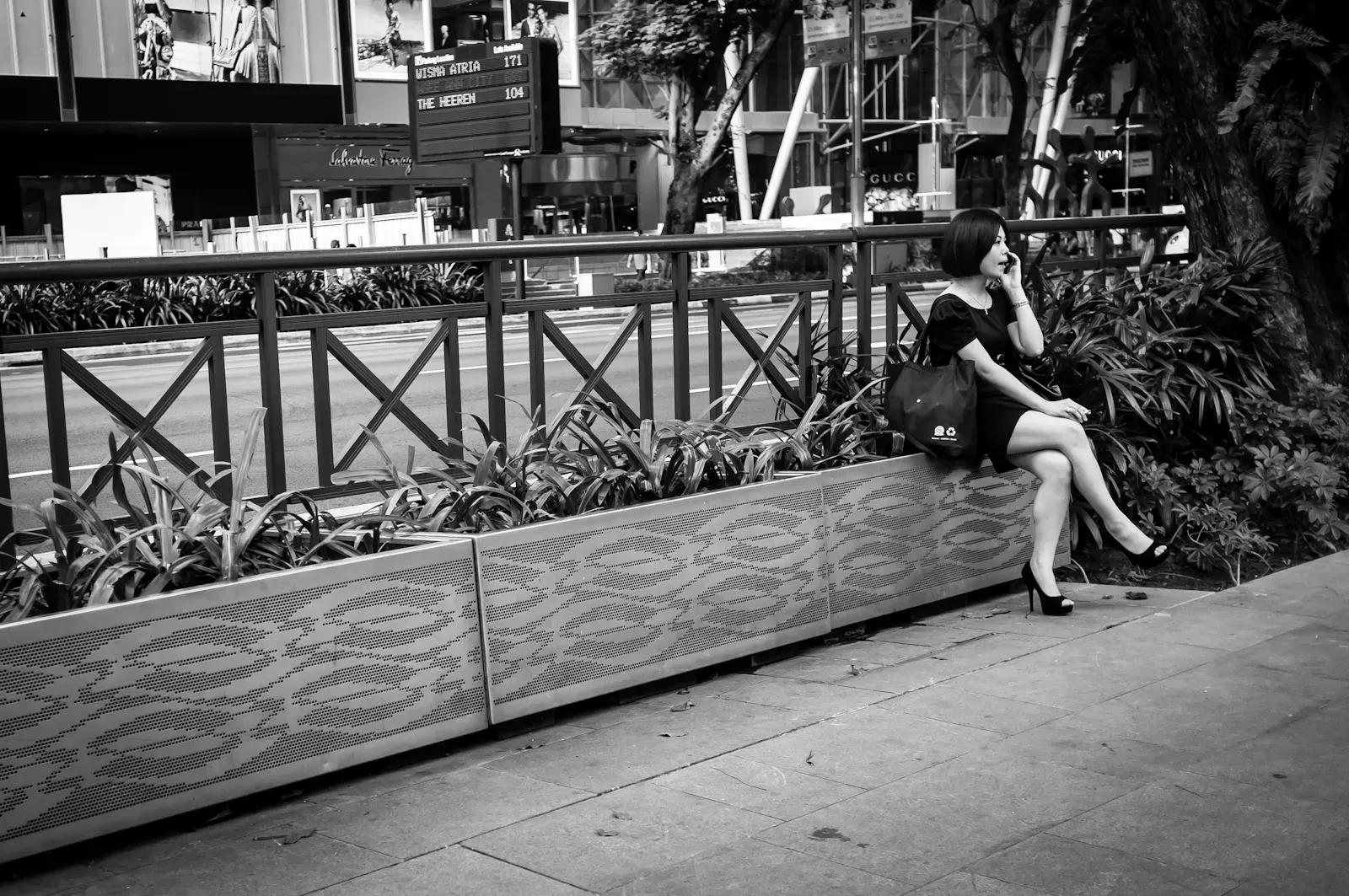Street photography with Fujifilm X100
 jenxi.com
jenxi.com Vision alchemist crafting strategic innovation & AI adoption. Bridging startups to China's ecosystem advantage. Building a cyberbrain. Registered pharmacist × Brand strategist × Storyteller
Fujifilm X100 has been out followed me wherever I went. But I usually bring it along with my DSLR when I do street photography. I dropped my habit of carrying at least two focal lengths with me when I shoot.
It was a step out of my comfort zone to challenge myself to use only one camera and one lens.
At first, I found myself lamenting my decision. I was not able to get some shots as the focal length I had was too short. The widest I’ve shot for street was 50mm. I had to get used to the effective 35mm focal length on the Fujifilm X100.
Black and white film simulation mode
One thing I really like about X100 is the film simulation modes. I usually use Astia and Black & White with Yellow filter. The photo above is actually a RAW file processed in Lightroom. I prefer to shoot RAW for the added flexibility. The film simulation modes applies only to the JPEG files.
The black and white film simulation is pretty good straight out of the camera. In fact, the photos are very usable. I’ve used some JPEG files without any editing when I need the photos urgently. I shot a photo of my brother that was used in an article featuring him. That was straight out of the camera without processing.

I shoot RAW + JPEG when I’m using the X100 or the Leica M8. This gives me the RAW file and a monochrome JPEG. This is very helpful when shooting in black and white. I can see the results immediately instead of waiting till post-processing. I can preview monochrome effect on my Nikon DSLRs but it takes a few additional steps. I have to go through the menu during playback to choose the monochrome mode.
Being able to see the photos in black and white helps me to understand how to see in terms of tonality and contrast. If you are new to black and white photography, it would be a blessing if your camera has such a function.
Optical viewfinder
The X100’s optical viewfinder is a far cry from a rangefinder. But they are similar when it comes to the framing. Both allow you to see outside the frame. This means that I can see my subjects moving into the frame. I can anticipate the right moment to press the shutter button. In an SLR, it’s more of a guessing game.

This gentleman looked at the camera just as he moves into where I wanted to position him in the frame. Sometimes you just need a little bit of luck.
I’ve mentioned it before and I’m probably starting to sound like a broken recorder. But I’ll still say it again. The design of the Fujifilm X100 makes it look a lot less intimidating. The man above actually smiled at me and nodded in acknowledgement after I took the shot. People dodge less often when I point the camera at them.

I ran after these two interesting persons. They wore bright pink and caught my eye in the dwindling sunlight. For some reason, the small boy insisted on carrying his mother’s shopping bag.

I was able to get a few shots off as I got closer and then bend down low to snap this photo. It is my favourite shot from that day.
Autofocus issue
Of course, this doesn’t mean that the X100 is perfect for street shooting. The autofocus mode is unpredictable when using the optical viewfinder, especially when I was trying to get something off centre to be in focus. It is a lot easier to get the focus right when using the electronic viewfinder.
The problem doesn’t surface all the time, but it is frustrating when it get the focus right in mediocre shots and miss the focus in a good shot.
This is an idiosyncrasy of the X100 that you can overcome as you become familiar with the camera. I can almost sense that a photo would be off focus the moment I press the shutter. This doesn’t really help because I still end up with an out of focus shot.
Conclusion
Despite the quirky autofocus, I enjoyed shooting with the Fujifilm X100 on the street and I would gladly do so again.